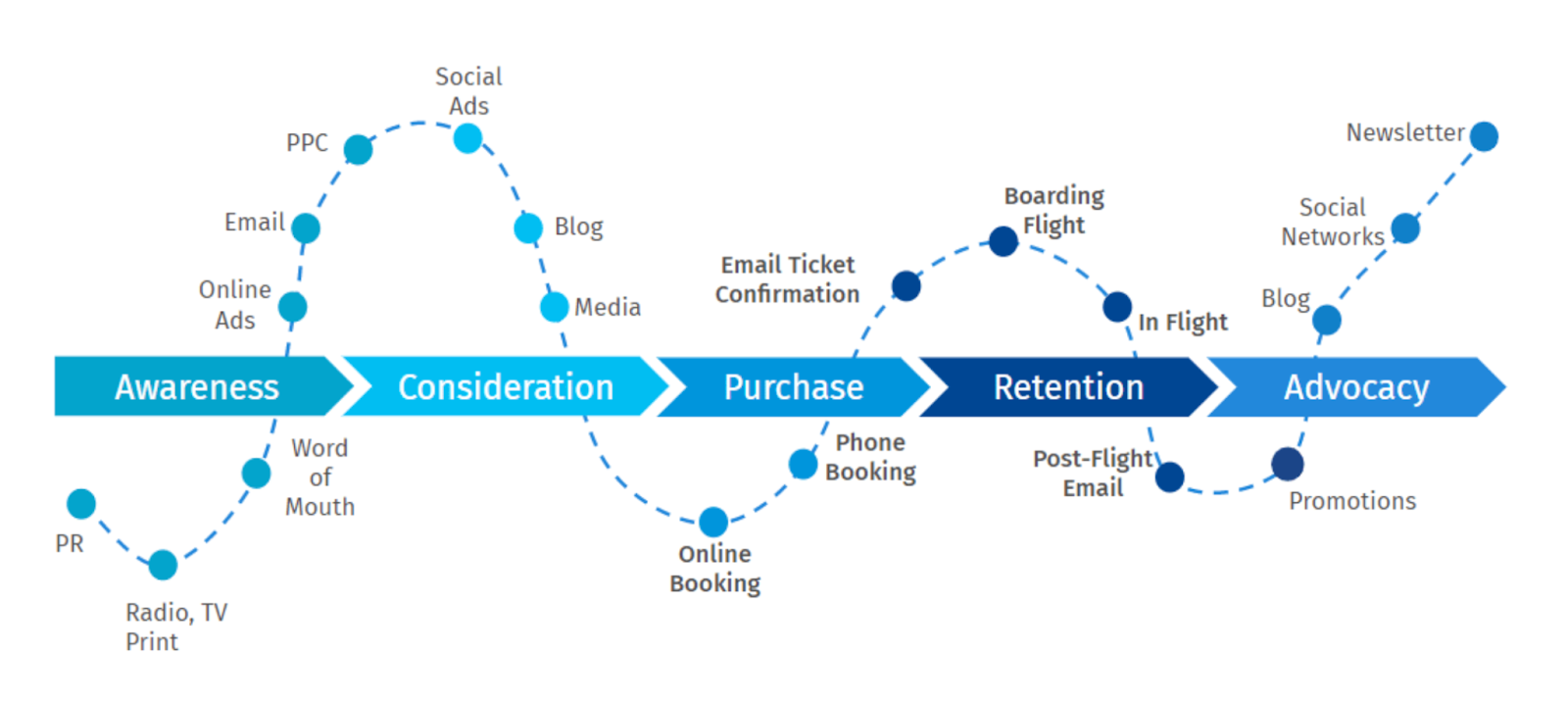Trading has become one of the most popular ways for individuals and institutions to grow wealth and participate in global financial markets. Whether you’re interested in stocks, forex, commodities, or cryptocurrencies, understanding the basics of trading is essential for making smart decisions and minimizing risks.
What Is Trading?
Trading involves buying and selling financial instruments with the goal of making a profit. Unlike investing, which typically focuses on long-term growth, trading often involves shorter timeframes, from minutes to months. Traders analyze market trends, price movements, and economic data to identify opportunities and execute trades.
Types of Trading
-
Day Trading: Buying and selling securities within the same day to capitalize on small price movements.
-
Swing Trading: Holding positions for several days or weeks to benefit from expected price swings.
-
Scalping: Making dozens or hundreds of trades daily to capture tiny price changes.
-
Position Trading: Taking longer-term positions based on fundamental analysis and market trends.
-
Algorithmic Trading: Using automated systems and bots to execute trades at high speed based on predefined criteria.
Key Markets for Trading
-
Stock Market: Trading shares of publicly listed companies.
-
Forex Market: Trading currency pairs, the largest and most liquid market globally.
-
Commodities: Trading raw materials like gold, oil, and agricultural products.
-
Cryptocurrency: Trading digital currencies such as Bitcoin, Ethereum, and others.
Essential Tools for Traders
-
Trading Platforms: Software to place orders and monitor markets (e.g., MetaTrader, ThinkorSwim).
-
Charting Software: Tools to analyze price trends and technical indicators.
-
News Feeds: Access to financial news that can impact market prices.
-
Risk Management Tools: Stop-loss orders and position sizing to protect capital.
Risks and Challenges
Trading is not without risks. Market volatility can lead to substantial losses if not managed carefully. Emotional decision-making, lack of discipline, and inadequate research often cause traders to fail. Successful trading requires a well-defined strategy, continuous learning, and patience.
Tips for Successful Trading
-
Start with a demo account to practice without risking real money.
-
Develop a trading plan outlining your goals, risk tolerance, and strategy.
-
Stay informed about market news and global economic events.
-
Use stop-loss orders to limit potential losses.
-
Keep a trading journal to review and improve your trades.
-
Continuously educate yourself on trading techniques and market behavior.
Conclusion
Trading offers exciting opportunities for those willing to learn and adapt. While it can be profitable, it demands discipline, strategy, and risk management. Whether you’re looking to trade part-time or pursue a career as a professional trader, starting with the right knowledge and tools is the key to success.










